
When a person experiences torn cartilage in the chest, this is an extremely painful event.
The muscles that are located in the chest area of the body are among the strongest, but they can be injured.
This injury is most commonly seen in people who practice weightlifting on a regular basis, and it is usually caused by people trying to continue to train these muscles despite serious fatigue that the muscles are experiencing.
Also, the injury can occur in beginners who are not doing chest exercises such as bench presses correctly. Any type of activity that includes serious force of the hands, arms and chest can cause a tear in the chest’s cartilage.
This injury occurs most frequently in people who have to overexert these muscles on a regular basis, namely athletes, and especially, baseball pitchers and batters and football players who are constantly tackling other people using their upper body strength.
Symptoms
The most common symptom of this injury is pain, obviously. When cartilage of the chest is torn, people will be experiencing extreme pain coming from the shoulder or the upper arm and then focusing in on the chest area.
Some people might even confuse the pain with a heart attack.
The pain will become even more severe with movement, even movement caused by coughing, laughing or sneezing.
The area of the body will also begin to swell after the tear. It will begin in the area of the chest that was most directly affected by the tear and then spread to the arms and shoulders as well.
This swelling and bruising can last for several weeks, but of course, the severity of the swelling and bruising will depend on the extent of the injury.
When cartilage is torn in the chest, it will obviously be very hard to move and do any type of lifting that involves the upper body.
The muscles will be weakened considerably and even the simplest daily tasks might prove to be impossible. Cartilage can also tear in the ribs, which will also decrease the range of motion in the arms even further.
Treatment
The most important thing to do is to rest and to not promote any further problems or strain by overexerting these muscles any further.
When a person rests, healing will occur faster and there will be less pain involved generally.
In the meantime, people can also take anti-inflammatory medication in order to relieve the swelling and pain in the area.
It is a good idea to wear a rib belt, which can give support to the torn muscle cartilage and also limit the movement of the ribs so that further problems do not occur.
This will also decrease the pain experienced when a person coughs or sneezes.


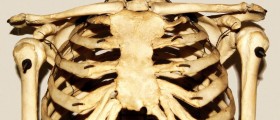
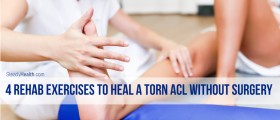


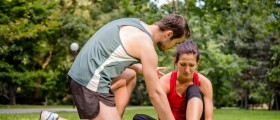

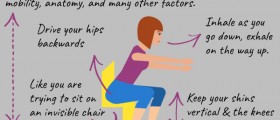

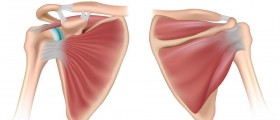

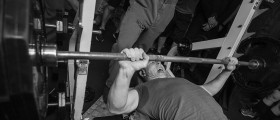




Your thoughts on this
Loading...